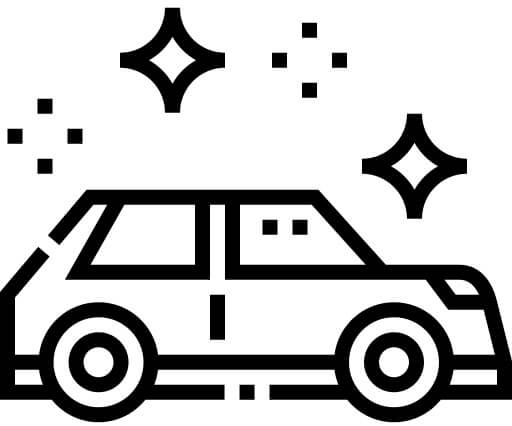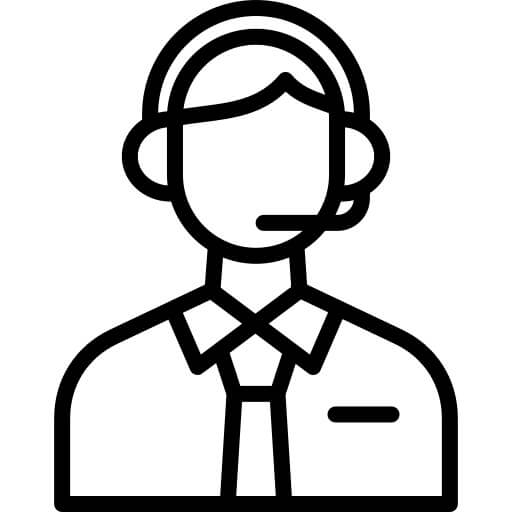Car Rental in Bellingham | Book at Unbeatable Prices
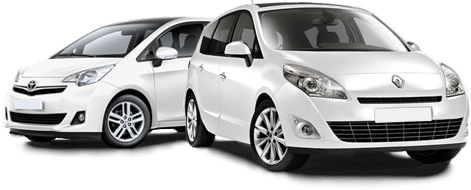
Compare Prices and Book from the Top Car Rentals

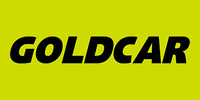

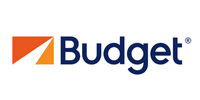
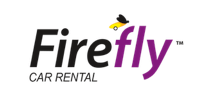
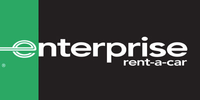
Car Rental in Bellingham
Discover the Best of Bellingham: From Natural Beauty to Cultural Riches

Emerging from the northwest corner of Washington State, Bellingham is a coastal city boasting an array of highlights waiting to be explored. A car ride around Bellingham unveils everything from natural beauty to urban charm. It's an epicenter of adventure, featuring a range of outdoor activities due to its breathtaking natural wonders such as Mt. Baker and the San Juan Islands, coupled with awe-inspiring landscapes from Chuckanut Drive. Bellingham's character is defined by a complex blend of a vibrant art scene, rich history, and cultural heritage, making it a hotspot for curious travelers.
Crossing Bellingham via a car reveals a series of recommended destinations. Begin with a trip to Whatcom Falls Park, a 241-acre space filled with trails and waterfalls, perfect for a leisurely stroll. The art-lovers should opt for a drive to the Downtown Bellingham where The Lightcatcher complex of the Whatcom Museum leaves a mesmerizing effect with its translucent wall, creating an epitome of innovation and creativity. To experience Bellingham’s blooming culture, a car trip to the Historic Fairhaven District is a must - a charming 19th-century village that resonates with the city's rich past.
More uniquely, Bellingham serves as a base for unforgettable day trips by car to the neighboring attractions. Just an hour away, the North Cascades National Park promises extraordinary scenic views and hiking trails. A drive along the Mt. Baker Scenic Byway, one of Washington State's most stunning drives, will leave any traveler in awe. Equally tempting are the San Juan Islands, revered for their serene beauty and abundant wildlife, conveniently accessible via a car ferry from Bellingham. This scenic drive truly makes Bellingham a gem for road trip enthusiasts.


